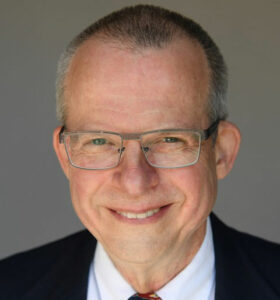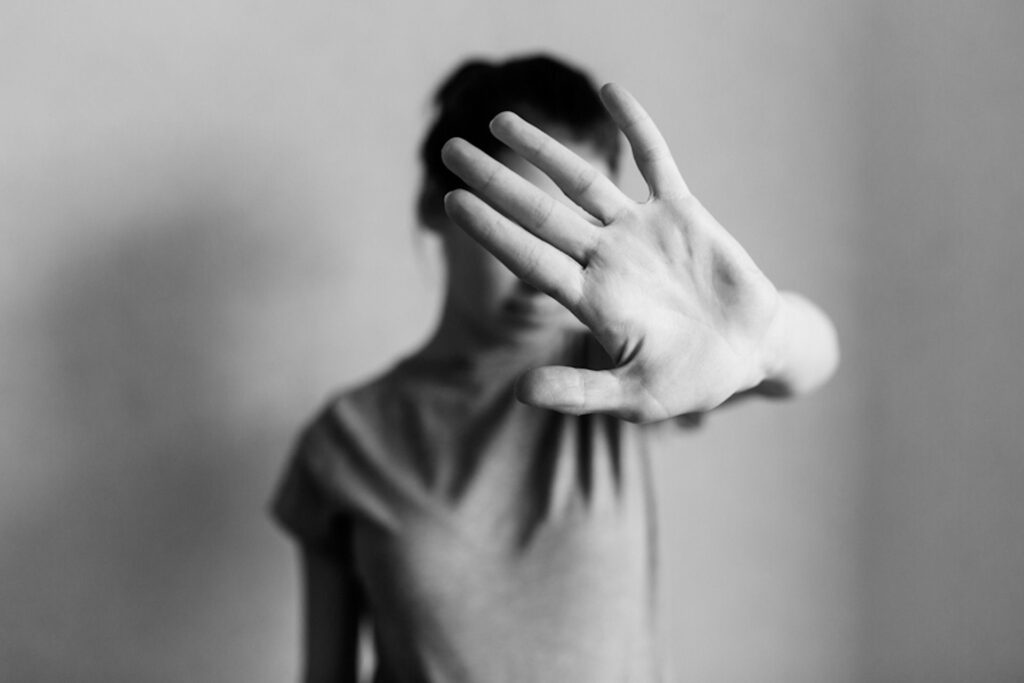People smoke because nicotine gives you a temporary and addictive high, which can feel good on the brain to cope with stress, depression, anxiety, and boredom. Smoking can also be part of your routine, like taking a smoke with your early morning coffee, during your work break, and the commute home at the end of a hard day. It is essential to change your routine and find healthier ways to occupy your time to relieve your tendency to smoke a cigarette.
Why Do I Smoke
You should first think about why it is you feel the need to smoke in the first place. Is it to cope with stress, frustration, anger, pleasure for yourself, to feel part of a crowd, or is it a habit? Choose a date within two weeks of when you would like to quit to prepare yourself. Prepare for what you will do if challenges or withdrawal symptoms come about, so this does not seem like a surprise to you. Throw away anything lying around that can lead to lighting a cigarette like packs, lighters, ashtrays, or matches. Make sure to wash your clothes of the cigarette smell as well as your drapes and furniture. Speak to a doctor about any medications you can take if withdrawal symptoms come or take over-the-counter pills like nicotine patches, lozenges, or gum.
Keep a Craving Journal
Keep a craving journal to the week leading up to the day that you quit. Make a note of the time you smoke, your craving intensity, what you are doing, who you are with, how you are feeling, and how you felt after you smoked. You should also speak to your friends and relatives about your decision to smoke. That way, no one smokes in your car or during your break. Instead of filling your work break with a cigarette, play a game of solitaire, or give someone a phone call. Surround yourself with people who do not smoke or will enable you to smoke to make it easier for you. Meet them in places where they don’t allow smoking, like at an indoor restaurant, movie theaters, or anywhere else. Practice in front of a mirror what to say if someone offers you a smoke or if someone tries to pressure you. If the cravings are too bad for you when you watch other people smoke, make sure you have enough money for public transportation.
Stop Making it A Part of Your Routine
Stop making it your routine to light a cigarette at the end of your meal. Instead, replace that with a piece of fruit, a bit of chocolate, a healthy dessert, or chewing gum. Focus on doing something else instead, like doing the dishes, watching television, taking a shower, or giving someone a call. Reward yourself for what you have accomplished. You can also try to keep your hands busy like squeezing balls, pencils, or clips.
What is Nicotine Withdrawal
Nicotine withdrawals can last an hour after your last cigarette and peak for two to three days. It can last a few days to several weeks. Withdrawal symptoms can include anxiety, irritation, trouble concentrating, increased appetite, restlessness, insomnia, tremors, and depression. There are also nicotine replacements that you can substitute cigarettes with like nicotine patches, gum, inhaler, lozenges, or nasal spray. These substitutes can relieve withdrawal symptoms by delivering small doses of nicotine into the body without the tar or poisonous gases that come with cigarettes. Non-nicotine medications can also reduce cravings and withdrawal symptoms like bupropion and varenicline for short-term use only.
Relapses
Relapses and slips have the possibility of occurring as it can happen many times where you tell others you are trying to quit but continue to smoke. Do not look at withdrawal as a sign of failure. Use this as an opportunity to learn from your mistake and identify what it is that triggered you. Make a list of all of the reasons you have decided to quit smoking. Also, list all of the positive changes and benefits that can come to your life. Research all of the damages that cigarette smoke can do to your lungs, such as diseases and cancers. You can also think about how much money you would be saving on cigarette cartons and packs. Revisit this list whenever you feel a relapse is about to occur. Change a part of your routine that makes you relapse if you need to go for a walk when you feel the urge or if there is a friend to call that will talk you out of your relapse. You should also throw out the rest of your pack and clean your car, and your house as the cigarette smoke smell can trigger a relapse. Ask yourself what has helped you and what has not.
Choose Bayview Recovery
Because smoking can take up a big part of our routine, it can be hard to imagine not smoking again. Willpower will play a significant role in your abstinence from smoking. Even if you have to take it a little at a time like cutting down a pack until there are no more cigarettes. Additionally, make sure to keep yourself hydrated by slowing drinking a cup of water to relieve withdrawal symptoms as well as eat a well-balanced diet. Be around people who will support your decision to stop smoking and see if you can find someone to join you so that you are not alone. Quitting cigarettes is a bold step in living a longer, healthy life.
Located in Tacoma, Washington, Bayview Center’s mission is to offer clinically-driven programs and services to treat many substance abuse disorders. We also treat anxiety and depression. To assist in our mission, we use cognitive behavioral therapy, dialectical behavioral therapy, trauma therapy, yoga therapy, and more for a successful recovery. For more information, please call us at 855.478.3650. We are open 24 hours a day, seven days a week.

 Dr. Dave Cundiff, MD, MPH (Medical Reviewer)
Dr. Dave Cundiff, MD, MPH (Medical Reviewer)






